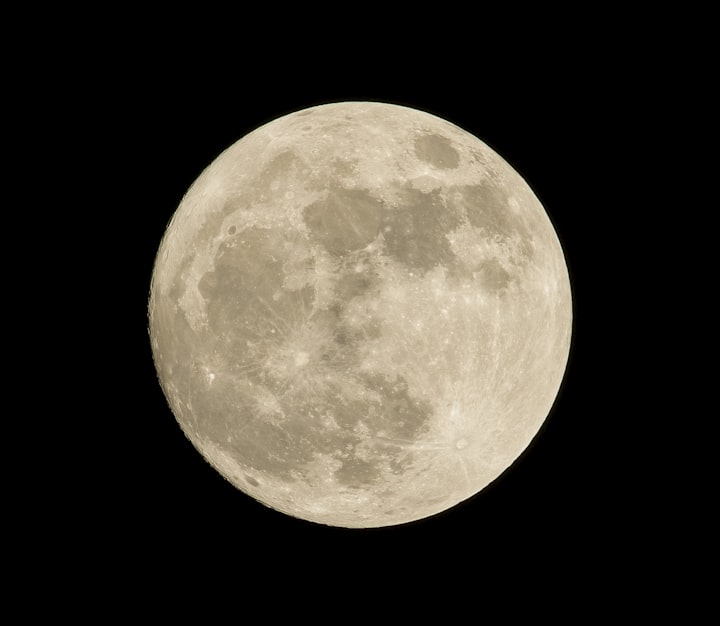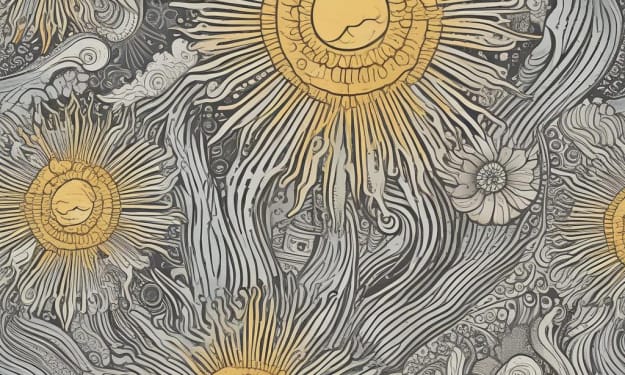How Are The Phases Of The Moon Influencing The Plants
Actionable advice only.

The Moon is said to influence plant growth, but most believe it is just a superstition. Should we organize our garden activities according to the selenium phases? Hard to say.
But the star of the night has an influence on the tides, on the liquid environment. And since the human being has 80% water in the body, why shouldn't it influence plants as well?
Opinions are divided, but there is a certainty that you can have a beautiful garden if you maintain it depending on the weather conditions.
If you have to take into account the Moon, the cultivation of the soil in your garden (sowing, harvesting, cleaning) must be done according to its pilgrimages on the celestial vault.
And the effects will not belong in coming. When you looked at the star, you noticed that its shape differs, it is when the disk (full moon) when the sickle, sometimes remaining invisible (new moon). These phases correspond to its rotation around the Earth.
- The first quadrant. Plants sown during this period grow faster and are more resistant to disease and insects. Growers believe that their vigor is directly proportional to the light of the moon. The flowers have a special glow and last longer in the vase. As for vegetables and fruits, they are better preserved once they are harvested.
- Full moon. This is the ideal time to harvest seeds, bulbs, or tubers. But the weather conditions are not always suitable for the development of the plant. You have to pay special attention to the full moon phases because they are riskier due to the configuration of the other planets.
- The last four. When the moonlight goes down, the plants lose their vigor. They are more fragile and do not preserve as well as in the first quarter. Instead, during this period their scent is more intense.
- When the Moon is closest to Earth, it is said to be at perigee, and when it is far from Earth, it is at its peak. Twice a month, the satellite intersects the Earth's plane of rotation around the Sun, and the two intersection areas are called lunar nodes.
Learn the monthly calendar
When the moon is at the perigee, it is better to leave aside any activity in the garden, two days before and after this period. Plants grow more slowly and vegetables are more susceptible to disease.
Seed germination is also quite capricious. At the height of the peak, the period for stopping work in the garden is limited to one day before and one day after. Plants are growing quite a bit now. It is known, however, that the interval of monthly nodes is unfavorable to any action in the garden.
You better take a break to rest. It is also not advisable to stick to the seeds in the first and last quarters. The influence of the star is far too brutal, and the plants will not grow vigorously.
When the Moon revolves around the Earth, it successively passes in front of the twelve constellations of the zodiac, this division of the sky having its origin in Antiquity.
The zodiac signs have the role of amplifying and limiting the influence of the Moon. From a traditional and symbolic point of view, it is classified according to four elements (air, earth, water, fire) to which the parts of a plant correspond.
The fire signs, associated with Aries, Leo, and Sagittarius, correspond to fruits and seeds. The earth signs, Taurus, Virgo, and Capricorn, correspond to the roots and bark. The air signs, Aquarius, Gemini, and Libra, are associated with flowers. Finally, the water signs that make up the constellations Cancer, Scorpio, and Pisces relate to leaves and stems.
Beneficial interventions
Each of the four elements corresponds to both a portion of the plant and a specific day to deal with it. These specific days are reported on the monthly calendar, which changes every year due to the unequal length of the months of the year.
The order of the "days" is always the same: fruits, roots, flowers, and leaves. For example, if the Moon is at its peak in the constellation of Gemini, it is definitely a day when you have to take care of the flowers in the garden.
Fruit Day. The fire provides the heat necessary for the development and production of seeds. Therefore, these days are favorable for fruit trees as well as seeds.
Here's what you need to do:
• Harvest fruits and vegetables in the first quarter;
• Plant fruit trees in the last square;
• Loosely loosen the soil.
Roots Day. During this period the influence of the selenium star is beneficial for the roots of the plants. What you should do:
• Take care of sowing, planting, caring for, and harvesting root vegetables in the last quarter;
• Plows the soil for optimal plant development;
• Dry soil is worked in the evening.
Flower Day. The air sign brings light as well as a favorable environment to highlight the beauty and fragrance of flowers and flowering vegetables. What you should do:
• Plant flowers, especially during the last quarter, to obtain a considerable production;
• Weeds the soil to assimilate phosphorus and potassium;
• Make the most of the scent of harvested herbs.
Leaf Day. Water acts directly on the leaves of plants. These days are especially favorable for vegetables, lawns, shrubs, and decorative plants. Here's what you need to do:
• Take care of sowing and maintaining vegetables;
• Harvest them in the last quarter;
• Cut the natural fence in the first square;
• Mow the lawn.
Plants and days
To apply the monthly calendar you need to know which family each plant in your garden belongs to.
- Fruit plants: quail, cucumber, zucchini, pea, strawberry, bean, pea, fruit trees, shrubs with small fruits like berries ...
- Root plants: garlic, beets, carrots, celery, endives, onions, parsnips, potatoes, radishes, turnips...
- Flowering plants: all ornamental, aromatic flowers as well as those that contribute to the production of honey ...
Leafy plants: artichokes, asparagus, celery, cabbage, spinach, herbs, leeks, event as well as various types of salads.
Locate the position of the Moon in the sky, referring to a tree, and find out if it is in the ascending or descending phase. In the first quarter, the Moon acts on the aerial parts of the plants, influencing the trajectory of the sap.
During this period, all the vegetables grow more vigorously, the seeds grow faster, the seedlings catch quickly, and the fruits keep their freshness long after the harvest. During the last quarter, the Moon has more influence on the vegetative parts of the soil, ie the roots.
This is the ideal time to plant trees and seedlings, provided they have been extracted in the first quarter. Now you can cut the dry branches of the trees. It is a time when grass grows a lot.
Be careful
The monthly calendar is useful because it shows you the different phases of the star and what parts of the plants you need to take care of.
Depending on what you want to harvest from a plant, you need to sow, plant, and intervene along the way, depending on the information reported in the calendar. But you must not forget one essential thing: take into account the quality of the soil or the climatic conditions. Soil that is too dry or too sticky will not be fruitful in cold or rainy weather.
It is also important to consider the specific days of each portion of the plant. In addition, the Moon influences the way you handle the garden. But don't worry. Plants know how to recover from a delay if the other environmental conditions are favorable to them.
To have as much satisfaction as possible, write down all your garden activities on an agenda: the date of sowing, planting, flowering, harvesting, weather accidents, or signs such as the arrival of swallows or the appearance of butterflies.
Don't forget to indicate the temperature (it would be preferable to respect the time you take it) whenever you work in the garden. Thus, a solid experience will help you better understand nature.





Comments
There are no comments for this story
Be the first to respond and start the conversation.